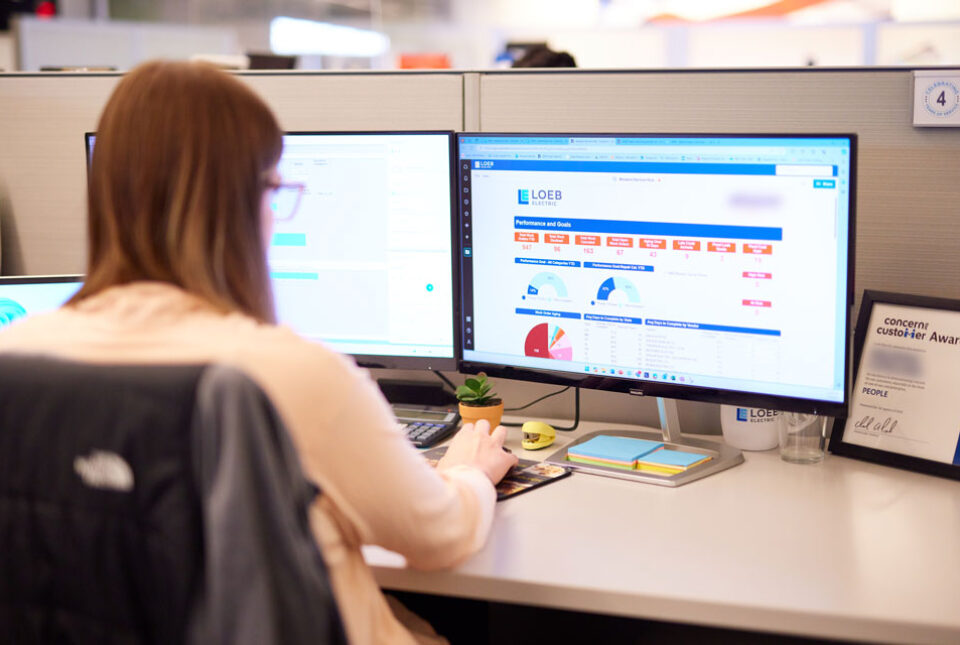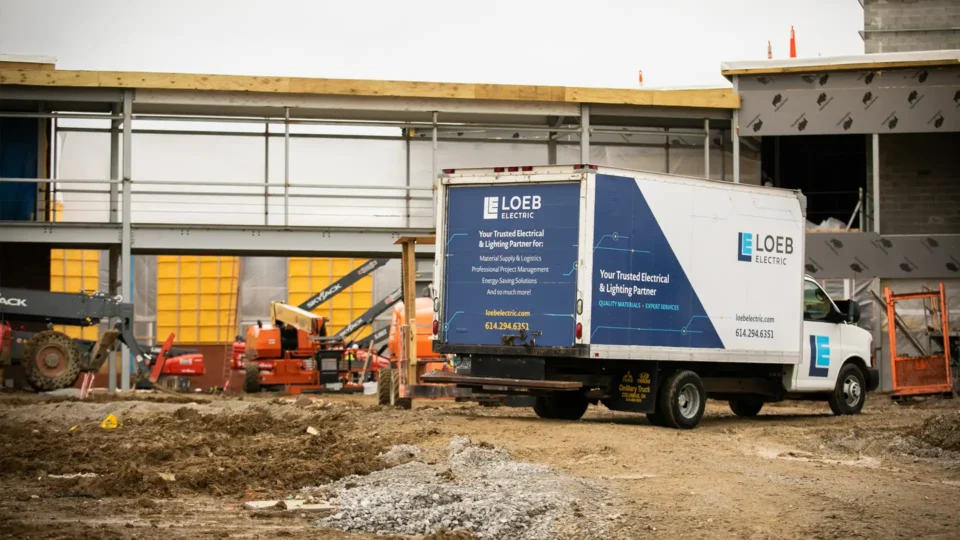Posted: September 17, 2024
By: Editorial Team
Did you know? The Project Management Institute (PMI) reports that poorly managed electrical projects have a 67% higher failure rate than those appropriately managed. Even when the project is ultimately completed correctly, the lack of flawless project management leads to an average investment loss of 11.4%!
This represents a direct hit to your potential profits.
Common project management challenges include on-time material, inventory logistics, and accurate reporting.
However, partnering with an electrical distributor who offers comprehensive project management services and technologies that address and overcome these challenges can be a game-changer.
Here are six key requirements for flawless project management that your electrical distributor should offer.
1. Pre-Project Alignment
First and foremost, all great project management teams should start with pre-project alignment with their customer. Some common questions include:
- What are the goals & key performance indicators (KPIs)?
- Who are the stakeholders?
- What is the budget?
- What are the resources needed?
- What does success look like?
Once these are nailed down, the scope of work is developed and fine-tuned, so everyone knows what is included—and what’s not included—in the project.
2. Custom Project Schedules
Now that everyone is aligned on the goals and scope of work, your electrical distribution partner will develop a full, customized project timeline—or one that aligns with a larger construction schedule—that outlines each phase of the project, from procurement and commissioning to installation and maintenance.
This customized schedule ensures that all stakeholders understand the project milestones and deadlines.
3. Risk Mitigation
Risk assessment is one of project management’s most important—and often one of the most forgotten—parts.
During the pre-project alignment and project schedule phases, risk is often discussed. Still, a good project management team has systems to assess risk throughout the entire project lifecycle.
Not only should you know what those potential risks may be (supply chain disruptions, labor shortages, etc.), but mitigation strategies should be in place before a crisis happens. This reduces the risk of downtime and ensures the project stays on schedule.
4. Custom Project Management Dashboards
Your plan is in place. You’ve aligned on goals. You’ve thought about the risks and how to address them if they arise. Now what?
A well-aligned plan is good, but having robust project management software that ties everything together is what ensures the project is completed successfully.
What makes project management software go from good to great?
Fully customizable dashboards
No two projects are alike, and a one-size-fits-all template won’t cut it. A customizable dashboard allows reporting on what is most important to you. It can scale to handle increased project scope or complexity, ensuring that the dashboard remains relevant throughout the project lifecycle.
KPI tracking & reporting
These reports provide valuable insights into the efficiency and effectiveness of your project management processes, allowing stakeholders to make data-driven decisions to optimize their operations.
Digital milestone tracking
Track important checkpoints or significant achievements within the project (e.g., phase completion, key deliverables). This helps drastically reduce errors and catch bottlenecks that may impact the rest of the project.
24/7 real-time accessibility
Not everything happens during regular business hours. You need real-time accessibility to your reports, milestone activity, and material inventory 24/7.


5. Material Planning & Procurement Expertise
Material planning and procurement should be built into the project schedule from the start, ensuring the right materials are ordered in the correct quantities for each phase of the project.
A good electrical distribution partner understands the current state of the supply chain and maintains strong relationships with key suppliers. This often allows them to offer faster lead times or priority on high-demand products, which is particularly useful in tight timelines or supply chain disruptions.
Material planning may also require technical expertise—found in-house at the best electrical distributors—when implementing new technologies, such as energy-efficient lighting systems or advanced electrical panels. The ability to work with your engineers to reconfigure specifications can often be key to getting the best material for your project.
6. Inventory & Logistics Management
Imagine a large commercial project with multiple phases, including lighting, power distribution, and data networking. Without a solid logistics plan as part of your project management strategy, coordinating the delivery of materials for each phase of your project can become a logistical nightmare.
Efficient logistics support, including timely deliveries and product tracking, helps to reduce project delays, improves scheduling, and optimizes workflow on the jobsite.
An electrical distributor with project management capabilities can get material shipped out to your job site—whether that’s one location or thousands—based on your construction schedule, avoiding the need for on-site storage and reducing the risk of theft or damage.
Your Electrical Project Management Partner
In today’s fast-paced construction and development environment, effective project management is crucial for success. Whether working on commercial buildings, residential developments, or industrial projects, partnering with a trusted electrical distributor like Loeb Electric that meets these requirements for flawless project management can be a game-changer.
Meet KPIs and exceed expectations with Loeb.
Speak with lighting & electrical distribution experts today.
Related Posts:
Recent Posts
Acoustic Lighting Systems: Enhancing Sustainability, Efficiency, & Building Performance
November 17, 2025
Share via:
Read moreElectrical Value Engineering: 4 Ways Distributors Deliver Better Project Results
September 16, 2025
Share via:
Read more


